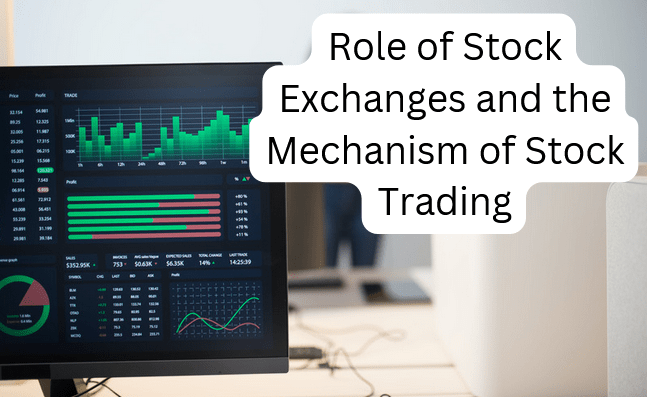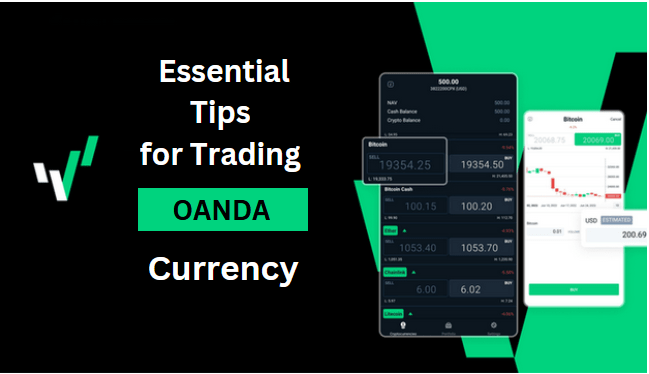Stock exchanges are like big marketplaces where people can buy and sell things called securities, with stocks being one of the most popular types. These exchanges are crucial in the world of money because they help make sure everything runs smoothly. Now, let’s look at the important jobs they do.
Are you an investor, or aspiring to become, here are the 11 best future trading platform that the trading gurus have been using to rake in mouth-watering profits.
A. The Role of Stock Exchanges
1. Facilitating Trading
Imagine stock exchanges as a busy place where buyers and sellers meet to trade stocks. This helps make sure it’s easy for people to buy or sell stocks whenever they want.
2. Price Discovery
Stock exchanges use a special system to decide the prices of stocks. By looking at what people want to buy and sell, they figure out a fair price for each stock. This way, everyone in the market knows how much stocks are worth.
3. Market Transparency
Stock exchanges are very open about what’s happening. They share real-time information about stock prices, how many stocks are being traded, and other important details. This honesty helps everyone feel confident and make fair decisions when trading.
4. Capital Formation
Companies, which are like big teams of people working together, can get money by selling parts of their company, called shares or stocks, to the public. This helps the companies grow and do more things.
5. Risk Management
Stock exchanges offer tools to help people manage the risk of trading. These tools are like special shields that protect traders from losing too much money if something unexpected happens.
6. Regulatory Oversight
There are rules in place to make sure everything is fair and safe. Regulators watch over the stock exchanges to make sure everyone follows the rules, protecting people who invest their money.
7. Market Surveillance
To keep everything fair and safe, stock exchanges have special systems that keep an eye on what everyone is doing. They look out for any tricky or dishonest behavior to keep the marketplace honest.
8. Listing and Delisting
Before companies can sell their stocks on the stock exchange, they have to meet certain standards. The exchange has the power to add or remove companies based on these standards.
9. Market Index Calculation
Stock exchanges also keep track of how well the stock market is doing. They calculate things called market indices, which are like scorecards showing the performance of the overall market or specific parts of it.
10. Technology and Infrastructure
Stock exchanges use fancy technology to make sure everything happens quickly and securely. This includes special computer systems and ways to share information with everyone involved.
In short, stock exchanges are like big marketplaces where people trade stocks. They make sure everyone plays by the rules, help companies grow, and keep things fair and transparent for everyone involved.
B. How Stocks are Traded:
What is Stock Trading? Stock trading is like buying and selling pieces of a company. Imagine you have a favorite game, and instead of playing it, you can own a small part of it! People do this on special platforms called stock exchanges.
Who’s Involved?
1. Investors: These are people who want to own parts of a company to reach their money goals.
2. Brokers: They help investors buy or sell stocks. Think of them as the middlemen.
3. Stock Exchanges: These are like big marketplaces where buyers and sellers meet. Examples are the New York Stock Exchange (NYSE) and Nasdaq.
How Do People Buy and Sell?
1. Market Order: Quick buying or selling at the current price.
2. Limit Order: Deciding to buy or sell only at a specific price.
3. Stop Order: Making a move only when the stock hits a certain price.
The Journey of an Order:
1. Placing Orders: Investors tell brokers what they want to do.
2. Order Routing: Brokers send these orders to the stock exchange using fancy electronic systems.
3. Order Matching: The stock exchange matches buyers with sellers based on their prices.
What Happens Next?
1. Transaction Execution: When a buyer’s and seller’s prices match, a trade happens, and everyone involved is notified.
2. Clearing and Settlement: After a trade, a clearinghouse ensures the buyer gets the shares, and the seller gets paid. This takes a few days.
Different Players and Styles:
1. Day Traders: Quick players buying and selling on the same day.
2. Swing Traders: Holding onto stocks for a few days or weeks.
3. Long-Term Investors: Keeping stocks for a long time, maybe even years!
Market Talk:
1. Market Indices: Like S&P 500 or Dow Jones, showing how groups of stocks are doing.
2. Regulatory Oversight: Groups like the SEC make sure everything is fair and transparent.
3. Technological Advances: Computers now trade super-fast using algorithms.
Why Does It Matter?
Understanding how stocks are traded helps people make good decisions in the money world. It’s like knowing the rules of your favorite game – it makes playing more fun!
In the end, stock exchanges are like the big helpers in the money world, making sure everything works smoothly. As technology keeps growing, the way we trade stocks will keep changing too. For starters who wants to trade like the masters and make profits in 2024, here are 9 effective stock trading strategies that the elites uses.




